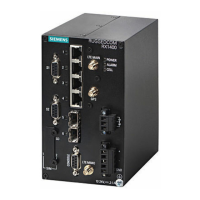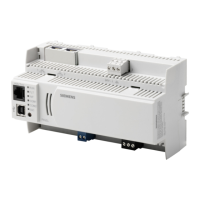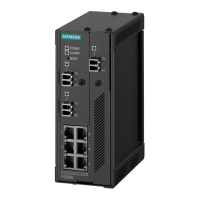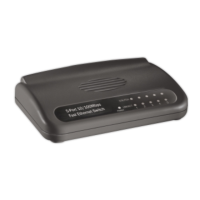Configuration and operation
4.5 Telecontrol communication (CP 1542SP-1 IRC)
CP 1542SP-1, CP 1542SP-1 IRC, CP 1543SP-1
Operating Instructions, 01/2017, C79000-G8976-C426-03
63
Format (memory
requirements)
Bitstring of 32 bits with time tag
1)
<33> in UDInt, DWord I, Q, M, DB
Integrated totals with time tag
1)
<37> in UDInt, DWord I, Q, M, DB
Floating-point
number (32 bits)
Measured value, short floating point
<13> in Real Q, M, DB
Measured value, short floating point
number with time tag CP56Time2a
1)
<36> in Real Q, M, DB
Set point command, short floating
<50> out Real Q, M, DB
Block of data
(1...2 Bit)
2)
2)
Double-point information with time
1)
<31> in
2)
DB
2)
2)
Block of data
(1...32 Bit)
3)
3)
3)
Bitstring of 32 bits with time tag
1)
3)
<33> in
3)
DB
3)
3)
For the format of the time stamp, see the following section.
For these data point types, create a data block with an array of precisely 2 bool.
With these data point types, contiguous memory areas up to a size of 32 bits can be transferred. Only the S7 Bool data
Time stamp with the IEC CP
IEC CP time stamps are transferred according to the IEC specification in the "CP56Time2a"
format. Note that in the frames only the first 3 bytes for milliseconds and minutes are
transferred.
Process image, types of transmission, event classes, triggers
Saving the data point values
The values of data points are stored in the image memory of the CP and transferred only
when queried by the communications partner.
Events are also stored in the send buffer and can be transferred unsolicited.

